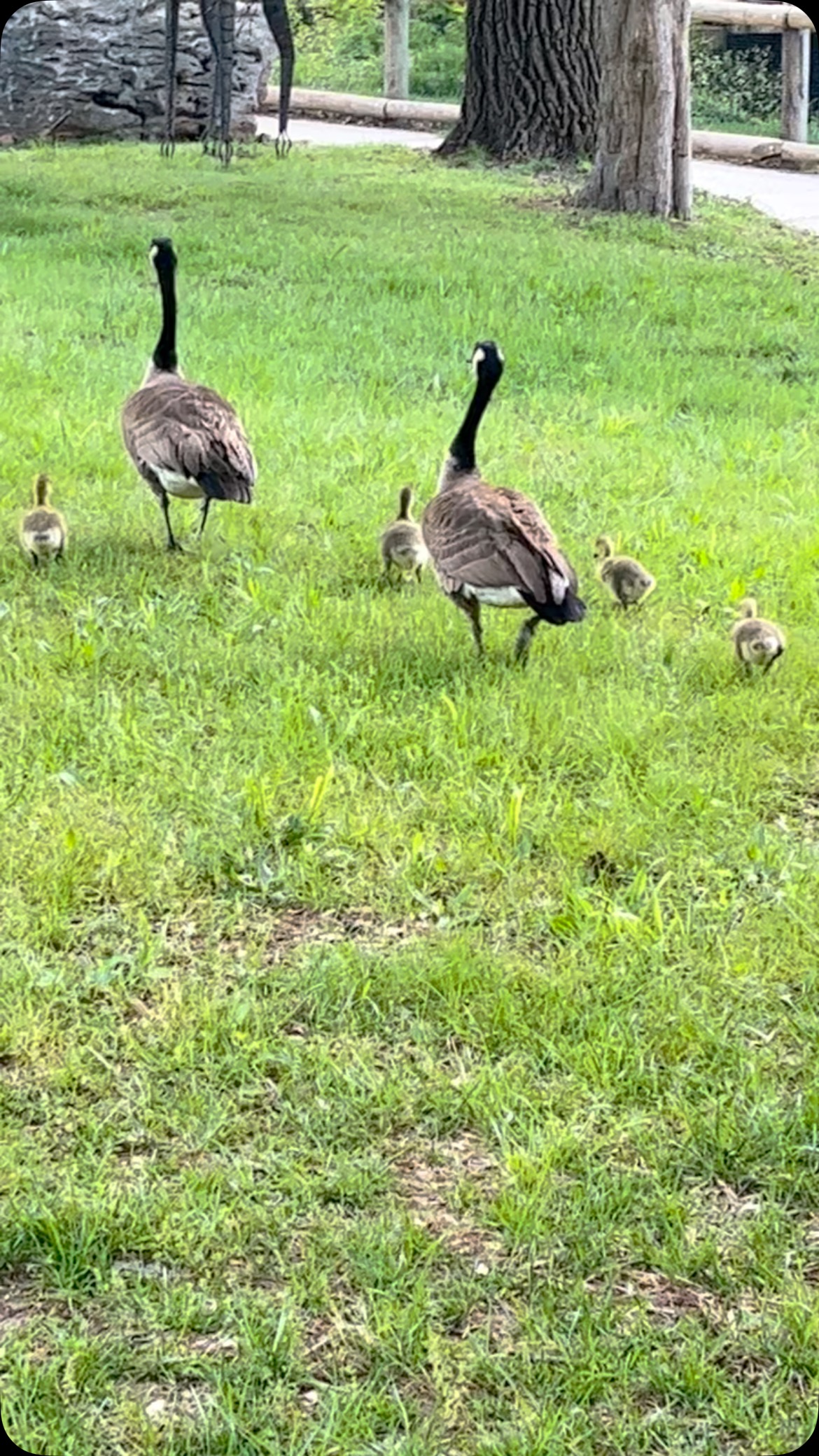- The role of zoology in wildlife conservation and how scientific studies inform zoo management practices.
- The impact of modern zoo management on animal welfare and conservation efforts.
- The importance of public awareness and education in promoting wildlife conservation.
- Strategies for breeding and reintroduction programs backed by zoological research.
- The interplay between technology and wildlife conservation in the modern zoological landscape.
Zoology plays a pivotal role in wildlife conservation by providing data-driven insights into species behavior, ecology, and health. It informs zoo management practices, ensuring that captive environments emulate natural habitats to the best extent possible. This scientifically grounded approach allows for the maintenance of biodiversity and promotes efficient conservation methods. Zoologists study animal genetics, reproduction, and social structures to enhance understanding and create effective breeding programs. These programs are crucial for sustaining populations of endangered species and preventing extinction.
Modern zoo management has evolved extensively over the past few decades, significantly impacting both animal welfare and global conservation efforts. Zoos now focus on creating enriched environments that stimulate natural behaviors, providing animals with the choice and control necessary for psychological well-being. Moreover, zoo management integrates nutritional science, environmental enrichment, and veterinary care to improve life quality. This holistic approach supports conservation efforts by serving as a repository for genetic diversity. Furthermore, zoos collaborate internationally, exchanging animals and genetic material to bolster genetic diversity within breeding programs.
Public awareness and education are instrumental in wildlife conservation. Modern zoos act as epicenters for educational outreach, facilitating programs that inspire conservation efforts. Interactive exhibits and educational workshops target various audiences, fostering a deeper understanding of biodiversity and the ecological importance of preserving species. By engaging the public, zoos cultivate a conservation mindset, encouraging visitors to participate in preservation initiatives. This outreach is vital for building public support, which is crucial for influencing policy changes and garnering financial backing for conservation projects.
Breeding and reintroduction strategies are essential components of conservation programs. Zoological research underpins these strategies by analyzing genetic diversity, habitat requirements, and species behaviors. These insights help develop breeding protocols that maximize reproductive success and genetic health. Reintroduction programs aim to reestablish populations in natural habitats, often focusing on species that have been driven to near-extinction. Success in these endeavors is measured by the survival and integration of released individuals, highlighting the importance of meticulous planning and execution based on robust scientific data.
Technology has become a crucial facet of wildlife conservation, integrating tools such as genetic analysis, GPS tracking, and remote monitoring systems. These technologies enhance the ability to monitor animal populations, study ecological patterns, and manage conservation programs effectively. In zoo settings, technology aids in managing animal health and behavior through data tracking and analysis. The synergy between technology and traditional zoological methods represents the next frontier in wildlife conservation, offering innovative solutions to age-old challenges. This technological integration expands the capabilities of conservationists, providing predictive insights that drive adaptive management strategies.
The ongoing exchange between traditional zoology and modern technological applications underscores the dynamic landscape of wildlife conservation. By capitalizing on these advances, conservationists and zoo managers can deploy more comprehensive and effective strategies to tackle the urgent conservation challenges facing our planet today.
*****
Source Description


